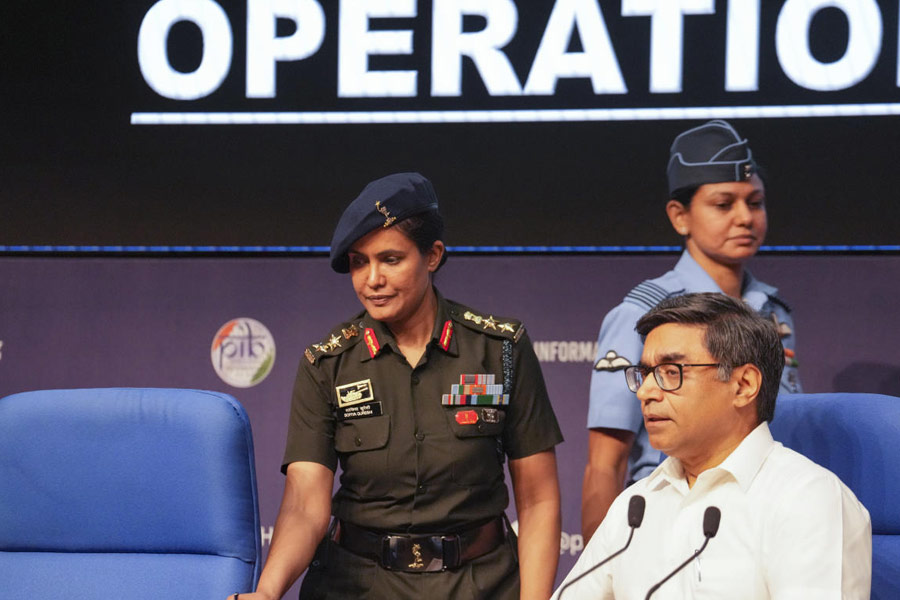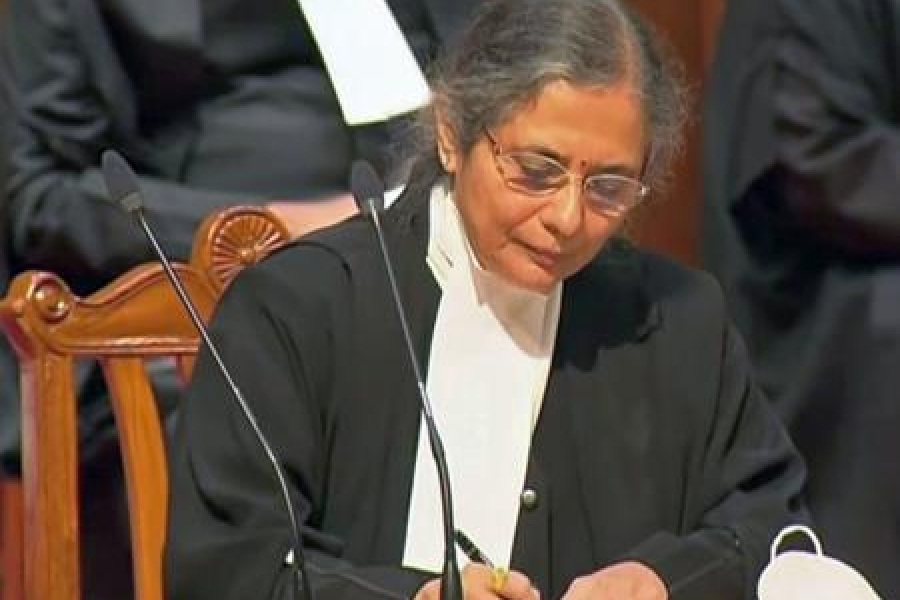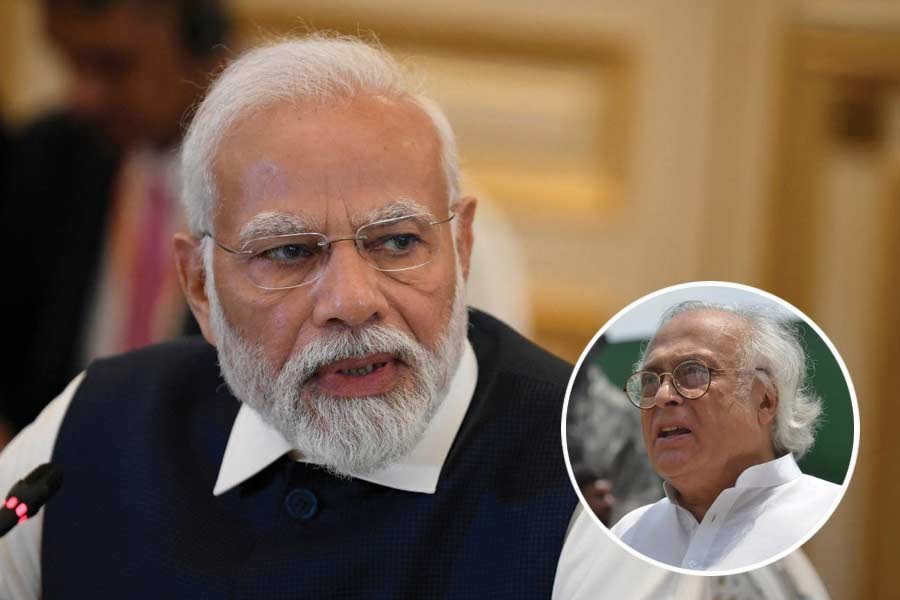 |
| Ramkumar Chattopadhyay performs Puratani Gaan at EZCC |
His latest Puratani Gaan recital at EZCC (October 17) saw him flanked by two supporting vocalists instead of one. His hearing often fails him and his memory, too, has become brittle. He requires mnemonic aids while recounting his favourite Dadathakur anecdotes. All said and done, when octogenarian Ramkumar Chattopadhyay is on stage, the audience is transported back in time, riding merrily on his impeccable music and the tales enveloping it.
A seasoned listener may find him repetitive, banking on 19th century semi-classicals and early 20th century popular forms, those Nidhubabu tappas and Gauharjan lilts. Yet, the unique delivery and the quaintness of the North Calcutta diction ensures a smooth transition to the bygone days when music flourished in the drawing rooms of the aristocrats. Even at this age, he rarely gets out of tune. He can easily render the brisk phrases that embellish his brand of boithaki gaan. And for hours.
That evening, Chattopadhyay was singing Ami chai na toder ojan kara bhalobasa. Cleverly used in Chaturmukh’s production of Barbodhu , talk of the town throughout the 1970s, the song is etched in popular perception more for Ketaki Dutta’s syrupy rendition than anything else. Chattopadhyay placed it in the context of 19th century baboo culture, mentioning the legends spun around a certain Nikki Bai who charged a princely sum for a night’s performance. Calling it a “specimen copy” of baiji music, he seduced the audience in no time. His grip was more evident in the comic song segment. Chattopadhyay picked up De maa amay raja kare, Dadathakur’s parody of Ramprasad Sen’s De maa amay tabidari. It was an interesting statement on lower middle-class aspirations during the last days of British rule.
Chattopadhyay sang for about 80 minutes without a break, keeping an appreciative senior audience rivetted. There is still some music left in him. And he should play on.
Talking of old melodies, Keya Chattopadhyay and her band, Nostalgia, are making significant changes in the music arrangement of not-so-old songs. A Supani Music presentation at Rabindra Sadan (October 11) saw her spicing up S.D. Barman’s immortal Ami takdum takdum bajai with tinges of Rajasthan folk and American country tunes. Then again, she imported a Goanese flavour to Salil Chowdhury’s Dhitang dhitang bole. Both worked, for Chattopadhyay did not sacrifice the ethos of the originals. Her timbre is trained to suit the demands of any Bengali genre. But she should not have sung the Rabindrasangeet numbers that evening; diverse elements do not always blend smoothly. That apart, there were two redeeming features — an Urmi Guha recital of Tagore ditties and recitation by Arnab Chakraborty and Kankana Sarkar.










